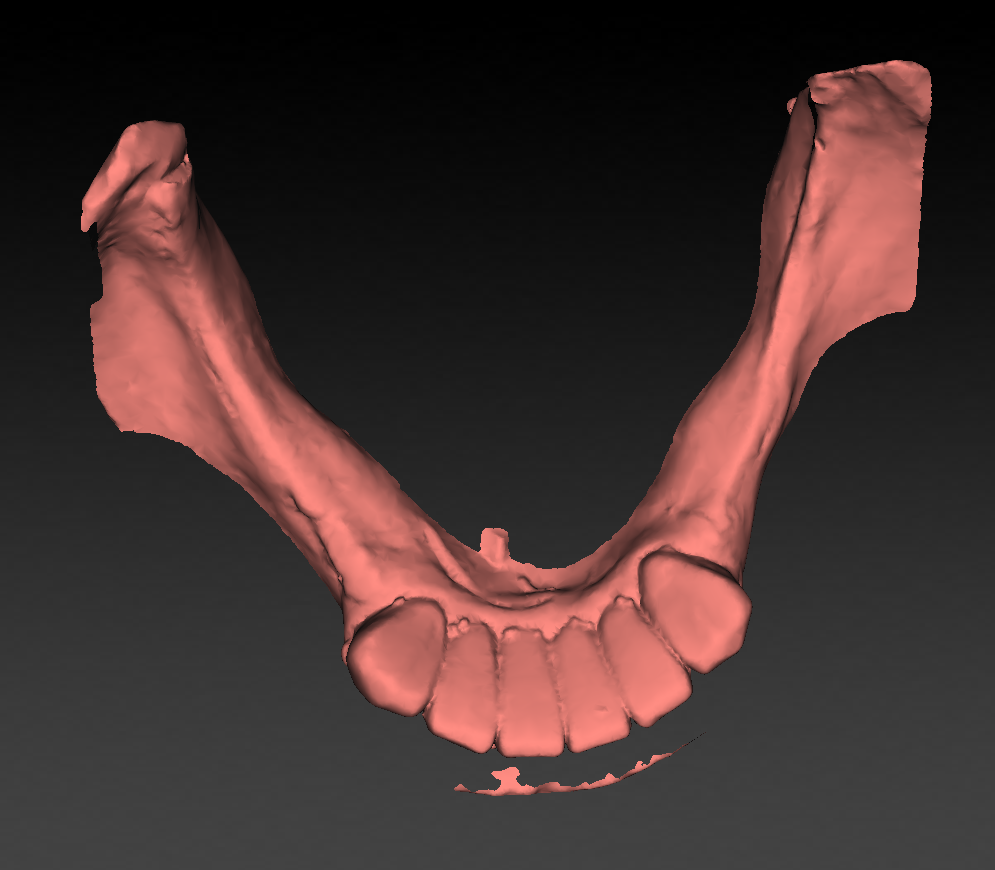Parallel Systems Project
main page
Objectives
For a (frequently occurring) computational problem you should
develop 3 parallel solutions, namely with each of the 3 basic
techniques: multi-threading, message-passing and OpenCL.
- Implement or get the sequential version.
- Create naive, parallel implementations with the 3 techniques.
Do not optimize, just make sure everything works and the result
is correct.
- Compare the result of all your parallel implementations with
the sequential one. Also measure speedup, performance (flops)
and bandwidth. We advice you to make some management code (or
script) that automates this!
- Optimize the naive implementation by trying to overcome the
anti-parallel patterns (inefficiencies) it contains.
- Study alternative implementations and compare their
performance.
Below, in the deliverables section, we described what we expect from
the performance study.
Organization
Here are the rules for the project:
- The project will be under the guidance of Jan G. Cornelis and
Jan Lemeire.
- You can work alone or in groups of two.
- The deadline to choose a topic is November 17, 2017.
- Meet us somewhere halfway the project to discuss your current
problems, to let us give advice and to define the expected end
result. Make an individual appointment.
- The deadline for the project is December 15, 2017.
We expect the following deliverables:
- All relevant code related to the project.
- sequential code + parallel implementations
- the parallel versions should check their result with the one
of the sequential version to proof that the outcome is
correct!
- A short report that describes:
- The problem (brief).
- The different implementations. You can be brief here,
since we have your source code. A diagram or scheme might be
helpful here.
- Links to sources of information and of source code.
- Description of the parallel system:
- Most important: a discussion of the performance of the
different implementations
- Give speedups, computational performance (flops) and
bandwidth of the different experiments
- MPI: determine the granularity (computation versus
communication) of your program.
- GPU: Determine the computational intensity of your
kernel to know whether it is memory bound or computation
bound or both. The roofline model will be briefly
discussed during the last exercise session using
this visual studio solution .
- Graphs:
- MPI and multithreaded: speedup in function of p
(number of processes/threads)
- all: speedup in function of W (problem size, which is
a problem-dependent parameter)
- which implementations are scalable?
- Discussion of results: compare implementations and try
to explain inefficiencies
- especially in case of bad speedups, try to find out
why it is performing so bad
- A small presentation for the other students and ourselves.The
presentation will be given by the end of December.
Topics
You are free in choosing a topic. For instance, you can parallelize
the algorithm of your thesis, or another one that interests you.
Here some suggestions:
- Sorting. Although an very common algorithm, it will still be
interesting to see some results. For instance, test bitonic sort
on the GPU! See the theory chapter devoted to it.
- Discrete Optimization Problem. Choose a problem, like the
shift puzzle of the theory (we have sequential java code you can
start from!). See the theory chapter devoted to it. Using the
power of a GPU is a challenge here, there are several options.
- Genetic algorithms.
Previous topics (which you can still choose)
For each topic we will give some pointers to problem descriptions
together with a number of possible implementations.
We will also try to give an estimation of the difficulty level and
feasibility.
Topics 2014-2015
For each topic we will give some pointers to problem
descriptions together with a number of possible implementations.
We will also try to give an estimation of the difficulty level and
feasibility.
a) Pattern recognition in signals
Consider the following large, historical 1D signal
consisting of 2 variables that fluctuate in time:

Let's index the two arrays as follows:

Now we want to find matches of a given, limited signal - the query
- in the historical data.
Example:

Indexed as follows:


To find a match we slide the query over the historical data and
for each offset calculate the distance between both:
 =>
=>

Here the sum of absolute differences is taken as distance metric.
b) OpenCL-OpenGL integration for processing and
viewing 3D images
- Apply image algorithms (to be discussed) on 3D images (OpenCL)
and be able to browse through them (OpenGL)
- You can let OpenCL and OpenGL work on the same data. It would
also be nice to interactively (via OpenGL) initiate operations
implemented in OpenCL.
- We have code you can start with.
c) Algorithms on matrices
- Many algorithms consist of basic operations on matrices and
vectors.
- Consider the following code (which is part of a single
value decomposition) in which a, u and
v are large matrices:
for (i=n;i>=1;i--) {
if (i < n) {
if (g) {
for (j=l;j<=n;j++) Double division to
avoid possible underflow.
v[j][i]=(a[i][j]/a[i][l])/g; // (*) calculating
column
for (j=l;j<=n;j++) {
for
(s=0.0,k=l;k<=n;k++) s += a[i][k]*v[k][j]; // (*)
row x column (reduction)
for (k=l;k<=n;k++)
v[k][j] += s*v[k][i]; //(*) factor x column
}
}
for
(j=l;j<=n;j++) v[i][j]=v[j][i]=0.0; // (*)
setting column and row
}
v[i][i]=1.0;
g=rv1[i];
l=i;
}
- We observe that the basic operations (*) are operations on
rows and columns.
- Porting this code to the GPU starts by moving the matrices to
the GPU and for each basic operation do a kernel call. We simply
need a OpenCL library for basic matrix and vector operations.
This will already give a decent speedup for big matrices.
- Note that the reduction (second *) is a not so easy to
optimize problem. Luckily this has been done already. You can
reuse this code, although you might have to change it to make
it a global sum over products.
- Next, the code can be optimized by:
- kernel fusion: in the third for-loop 2 kernels
are called. They could be merged into 1 kernel (or not?).
- parallelizing for-loops: the second and third
for-loop can run independently, hence they can be
parallelized.
- ...
- Measure the performance gain of each optimization.
- We can give other examples of such algorithms. There are
enough issues to be solved and tested such that multiple
students can work on this.
- Ultimate goal: design a general methodology to handle
such algorithms in general.
d) Solving linear equations
- Many problems boil down to solving a set of linear equations.
This can be written as A.x = B, with x a n-dimensional
vector which is unknown, B a m-dimensional
vector and A a nxm matrix. A and B
are given, find x.
- Several solutions exist to solve this (we have a reference
book with c-code for all solutions):
- Jacobi
- Gauss-seidel
- Gaussian elimination with backsubstitution
- LU decomposition
- Single value decomposition (the previous topic)
- ...
e) Tree Construction and Tree Traversal (can be split into 2
separate topics)
- Given a mesh of vertices (forming triangles) describing a 3D
volume:

- We want to know in each point in space the distance to the
volume, i.e. the distance to the closest vertex/triangle:

- A naive way to do this is to traverse for each point in space
over all vertices and find the closest one.
- If the mesh contains about 1 million vertices and for the
space 512x512x512 points are considered, this will take ages...
- Finding the closest vertex fast happens by tree describing a
Bounding Volume Hierarchy:
- CUDA-code is provided. Use if for our problem, make it OpenCL
and think about optimizations. On a CPUquadcore i7 the above
mesh takes 15 minutes to complete... On a GPU?
- we will provide you the data.



 =>
=>


